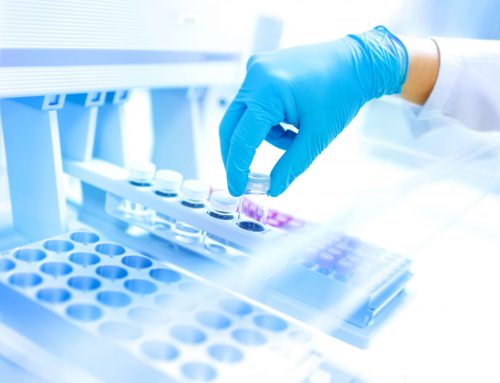In April 2020, the full application of the new Medical Devices Regulation (MDR 2017/745) was deferred for a year, postponing it to 26 May 2021. The period of validity of the transitional provisions (article 120) is therefore extended too. Here are the conditions to benefit of them.
The medical device regulation extension
The extension aim is to encourage compliance by those stakeholders who, even because of the epidemiological emergency, were not entirely ready. One example is the Notified Bodies, which have not managed to complete the certification renewal process: in Europe, only 14 have become regular, compared to 56 actives with the old Directive (MDD 93/42). Insufficient number to meet requests.
Already in 2017, provisions were in place to avoid commercial disturbances and facilitate the transition from the Directive to the Regulation: during the transitional period, now extended by 365 days, Article 120 of the MDR allows the presence on the market of both products certified according to the Directive, and those certified according to the Regulations.
Not all devices can benefit the transition period. Here in detail the two cases regarding Class I medical devices.
Class I medical devices that switch to a higher category
According to the guide issued in March 2020 by the Medical Device Coordination Group (Class I Transitional provisions under Article 120), Class I devices can take advantage of the transitional period only if they switch to a higher category and provided that:
- the device continues to comply with the requirements of Directive 93/42;
- the intervention of a Notified Body is required;
- a Declaration of Conformity is drawn up (as set out in Annex VII of the MDD) by 26 May 2021;
- after 26 May 2021, no significant changes have been made to the design or intended use;
- from 26 May 2021, the post-marketing surveillance, market surveillance, vigilance, registration of economic operators and devices required by the MDR are applied.
The entire category of Medical Devices can be placed on the market until 2024 and marketed until 2025 without recertification.
Class I medical devices that are not affected by changes
According to the guidance issued by the Medical Device Coordination Group in December 2019 (Guidance Notes for Manufacturers of Class I Medical Devices), devices that are classified as Class I with the MDD and that remain so with the MDR cannot benefit from the transition period, therefore, they must be recertified by 26 May 2021.
They may be placed on the market provided that:
- respect all the safety requirements in Annex I of the MDR;
- have a clinical evaluation, a Technical File (in accordance with that indicated in Annex II and III of the MDR) and instructions for use and labeling according to Annex I of the MDR;
- have been viewed by a Notified Body;
- are produced according to a quality management system (ISO 9001 or ISO 13485) compliant with the MDR;
- are accompanied by the new Declaration of Conformity;
- have CE marking;
- are registered in Eudamed, the European database that will be active from 2022;
- are subject to post-marketing surveillance and vigilance, respectively articles 85 (post-marketing surveillance report) and 87 (reporting of serious accidents and safety corrective actions);
- the manufacturer complies with the new general manufacturer’s obligations provided for by the MDR in article 10, such as the obligation to establish a quality management system and the appointment of the person responsible for compliance with the legislation;
For Class I devices already placed on the market in accordance with the MDD, the manufacturer will have to perform a gap analysis to ensure that all the necessary requirements are fully met on the date of application of the MDR.







